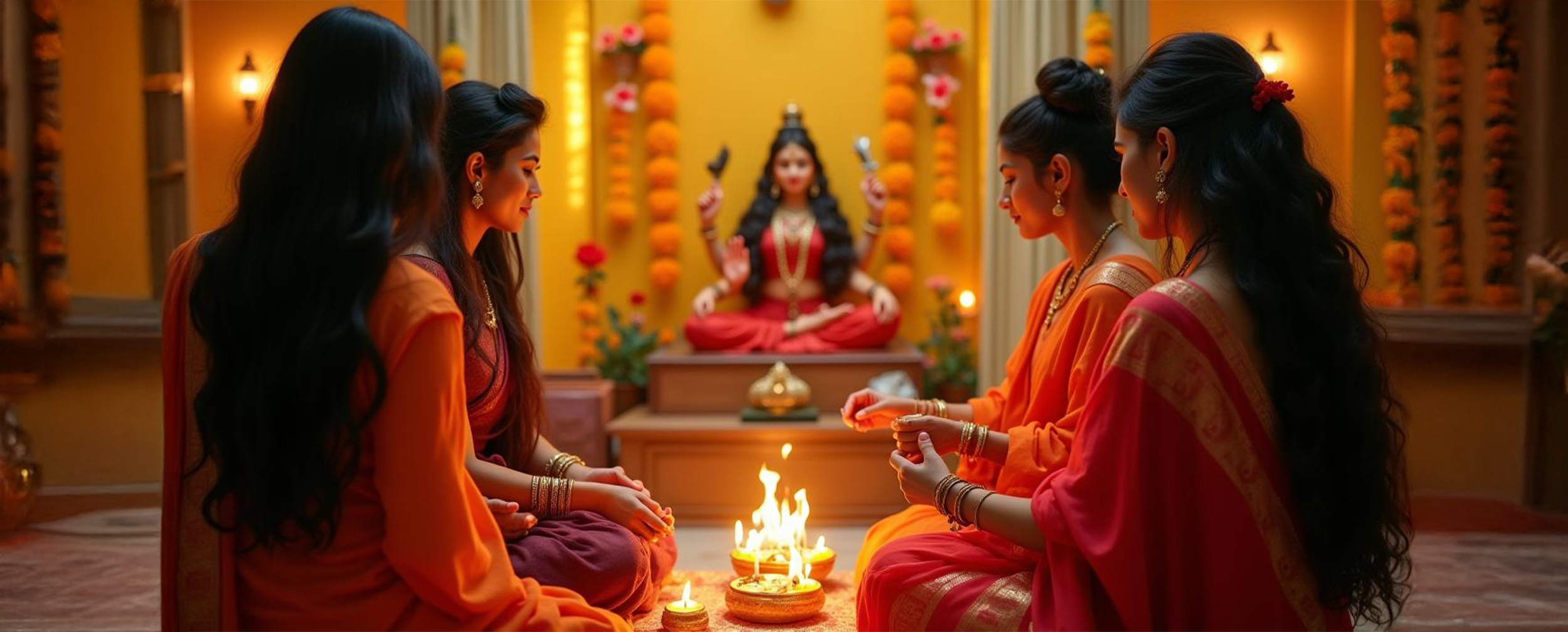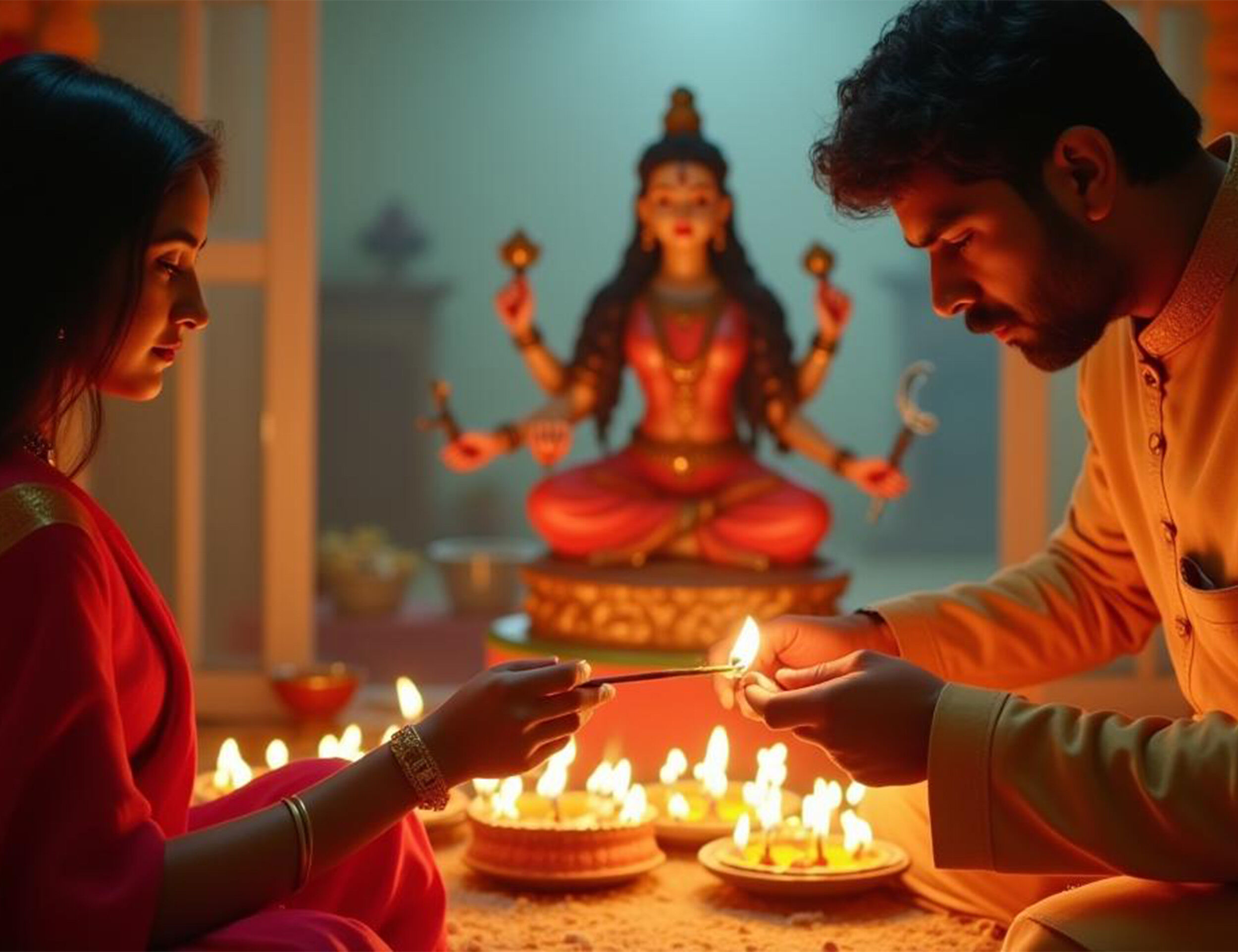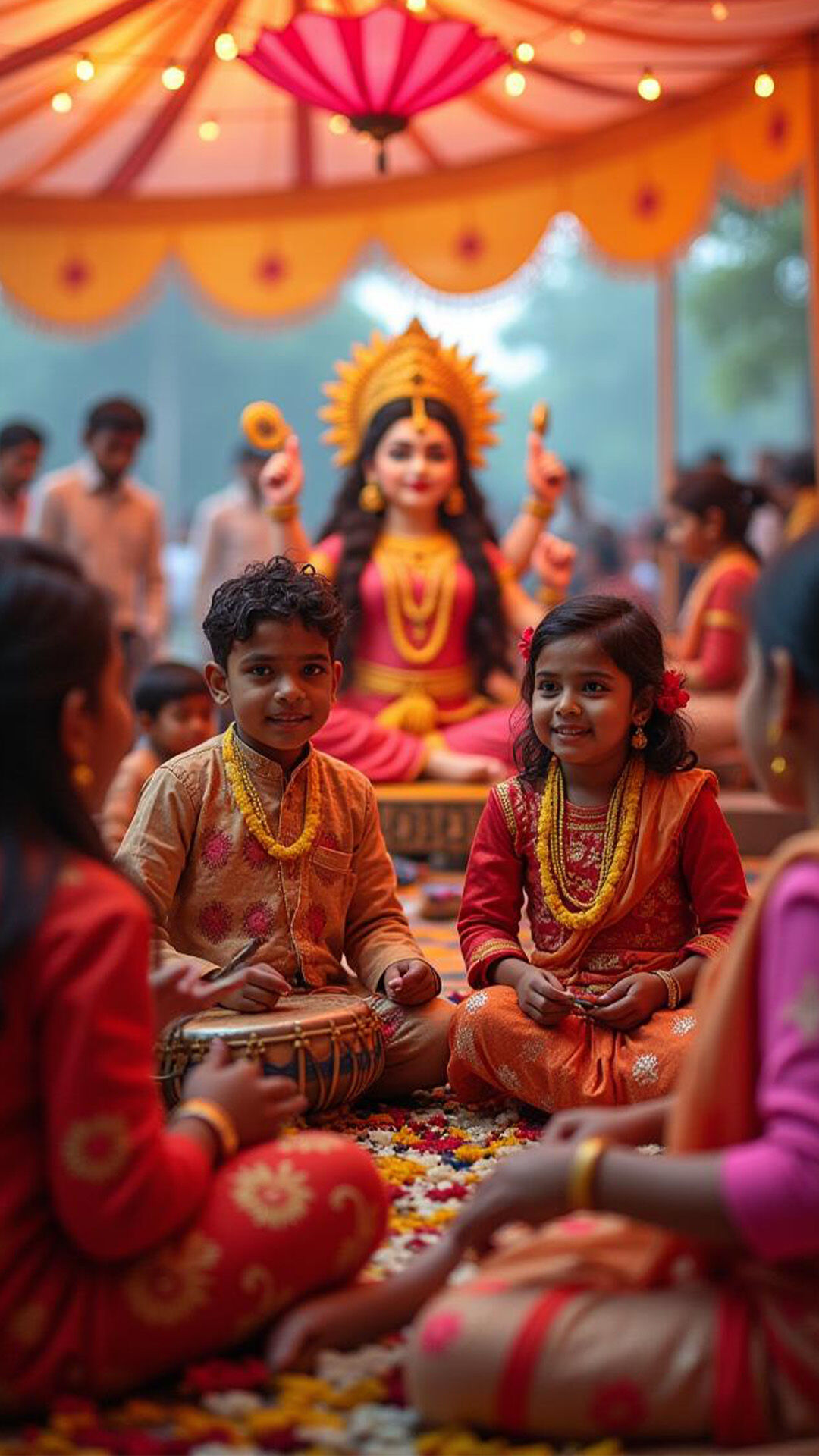STORIES BY DIWAS

Lifestyle
Why is Basant Panchami Celebrated: A Festival of Knowledge, Art, and Community Spirit
Date 1 February 2025 Reading time: 7-10 mins
As winter melts into spring, the Indian landscape transforms into a sea of vibrant yellow. Basant Panchami, celebrated on the fifth day of the Hindu month of Magha, marks this joyous transition. But why is Basant Panchami celebrated with such fervour across India?
This ancient festival is so much more than a mere herald of spring. It weaves together threads of spirituality, culture, art, and social bonding into a rich tapestry of traditions. Let's delve deeper into the multi-hued significance of Basant Panchami, and discover why Basant Panchami is celebrated with such zeal across the country.
What is Basant Panchami?
Basant Panchami, also known as Vasant Panchami or Saraswati Puja, is a vibrant festival that marks the arrival of spring. It falls on the fifth day (Panchami) of the bright half of the Hindu month of Magha, which usually corresponds to late January or early February in the Gregorian calendar.
The festival derives its name from the word "Basant", which means spring, and "Panchami", which refers to the fifth day. Basant Panchami is celebrated with great enthusiasm across India, with regional variations in customs and traditions, making it a festival that brings together diverse cultures while uniting people in the joy of the season.
Understanding the meaning of Basant Panchami reveals its connection to the seasonal transition and its deeper cultural and spiritual significance. The meaning of Basant Panchami goes beyond just the arrival of spring, encapsulating themes of renewal, knowledge, and devotion, celebrated with great enthusiasm across India, with regional variations in customs and traditions.
Why Basant Panchami is Celebrated: The Historical and Cultural Significance
Basant Panchami has been celebrated in India for centuries, with references to it found in ancient texts like the Rigveda. Historically, the significance of Basant Panchami marked the beginning of the agricultural season, as the winter crop was harvested and preparations for the new sowing season began. Understanding Basant Panchami meaning reveals its roots in both seasonal changes and ancient agricultural practices.
Over time, Basant Panchami also became associated with the worship of Goddess Saraswati, the deity of knowledge, art, and music. It is believed that on this day, Goddess Saraswati was born. Therefore, the festival has a strong connection with education and learning, which forms a key aspect of the celebration for many. Basant Panchami's meaning goes beyond its seasonal significance to encompass the reverence for wisdom and the pursuit of knowledge.
In many parts of India, especially in educational institutions, special prayers are offered to Goddess Saraswati on Basant Panchami with great reverence and devotion. Students meticulously place their books, pens, and stationery in front of the deity, humbly seeking her divine blessings for a prosperous and successful academic year ahead.
They hope for excellence in their studies, creativity, and future endeavours. The atmosphere is filled with a sense of sacred anticipation, as families, teachers, and students come together in unison to honour the goddess, confident that her wisdom will guide them towards success and enlightenment.
The Spiritual Aspect of Basant Panchami
Beyond its association with Goddess Saraswati, Basant Panchami holds deep spiritual significance. The festival celebrates the triumph of light over darkness, symbolising the victory of knowledge over ignorance.
The yellow colour, which dominates the festival, is not just a reflection of the blooming mustard fields. In Indian culture, yellow is considered the colour of spirituality, peace and knowledge. Wearing yellow on Basant Panchami is believed to bring clarity to the mind and intellect.
In some regions, the significance of Basant Panchami is linked to the worship of Lord Krishna. The festival marks the beginning of Holi and the famous Raas Leela of Lord Krishna, symbolising divine love and devotion.
Basant Panchami: More Than Just a Festival of Spring
Let's explore the significance of Basant Panchami in more detail. While the arrival of spring is certainly a key aspect of the festival, its meaning extends far beyond the changing of seasons. Basant Panchami is not only a celebration of India's rich cultural heritage but also a tribute to the pursuit of knowledge and a reminder of the deep interconnectedness between human life and nature.
Basant Panchami is a time when people across India come together to celebrate art, music and literature. Many cultural events and competitions are organised on this day, providing a platform for artists and performers to showcase their talent.
The festival also has a strong connection with traditional Indian textiles and clothing. The yellow kurtas and sarees worn on Basant Panchami are often made of natural fabrics like silk and cotton, celebrating the beauty and simplicity of Indian festive wear.
The Social Impact of Basant Panchami
Basant Panchami is not just a religious or cultural festival, but also a social celebration that brings people together. It is a time when families and friends gather to enjoy traditional delicacies, exchange gifts and participate in cultural activities.
The festival also has a significant impact on local economies. The demand for flowers, particularly yellow marigolds, rises considerably during this time. Many small businesses and street vendors sell traditional sweets, kites and other festival-related items, providing a boost to their income.
In some regions, Basant Panchami is associated with the custom of kite flying. The skies come alive with colourful kites of all sizes and shapes, symbolising the joy and freedom of the human spirit. Kite flying competitions are held, and people of all ages participate with great enthusiasm.
Embracing the Essence of Basant Panchami
In conclusion, Basant Panchami is a multi-faceted festival that celebrates the arrival of spring, the pursuit of knowledge, and the richness of Indian culture. It is a time to come together, to celebrate art and creativity, and to seek blessings for a prosperous future.
As you celebrate Basant Panchami this year, take a moment to reflect on the deeper significance of this beautiful festival. Embrace the spirit of learning and growth, and let the vibrant colours of the season fill your heart with joy.
And if you're looking for the perfect festive kurta or kurta pajama for men to wear on this auspicious day, check out Diwas's stunning festive collection. From traditional designs to contemporary styles, kurtas for men in this collection are sure to make you look your best as you honour the rich cultural traditions of Basant Panchami.
Here are a few styling tips to keep in mind:
- Choose a kurta in a bright, festive colour like yellow, orange or pink.
- Opt for a kurta with simple, elegant embroidery or print work.
- Pair your kurta with a contrasting churidar or pajama for a stylish look.
- Accessorise with a traditional pair of juttis or kolhapuri chappals.
- Don't forget to add a colourful stole or dupatta to complete your festive ensemble.
So, how are you planning to celebrate Basant Panchami this year? Get ready to step into the festival in full splendour and make this Basant Panchami an unforgettable one!
Happy Basant Panchami!



